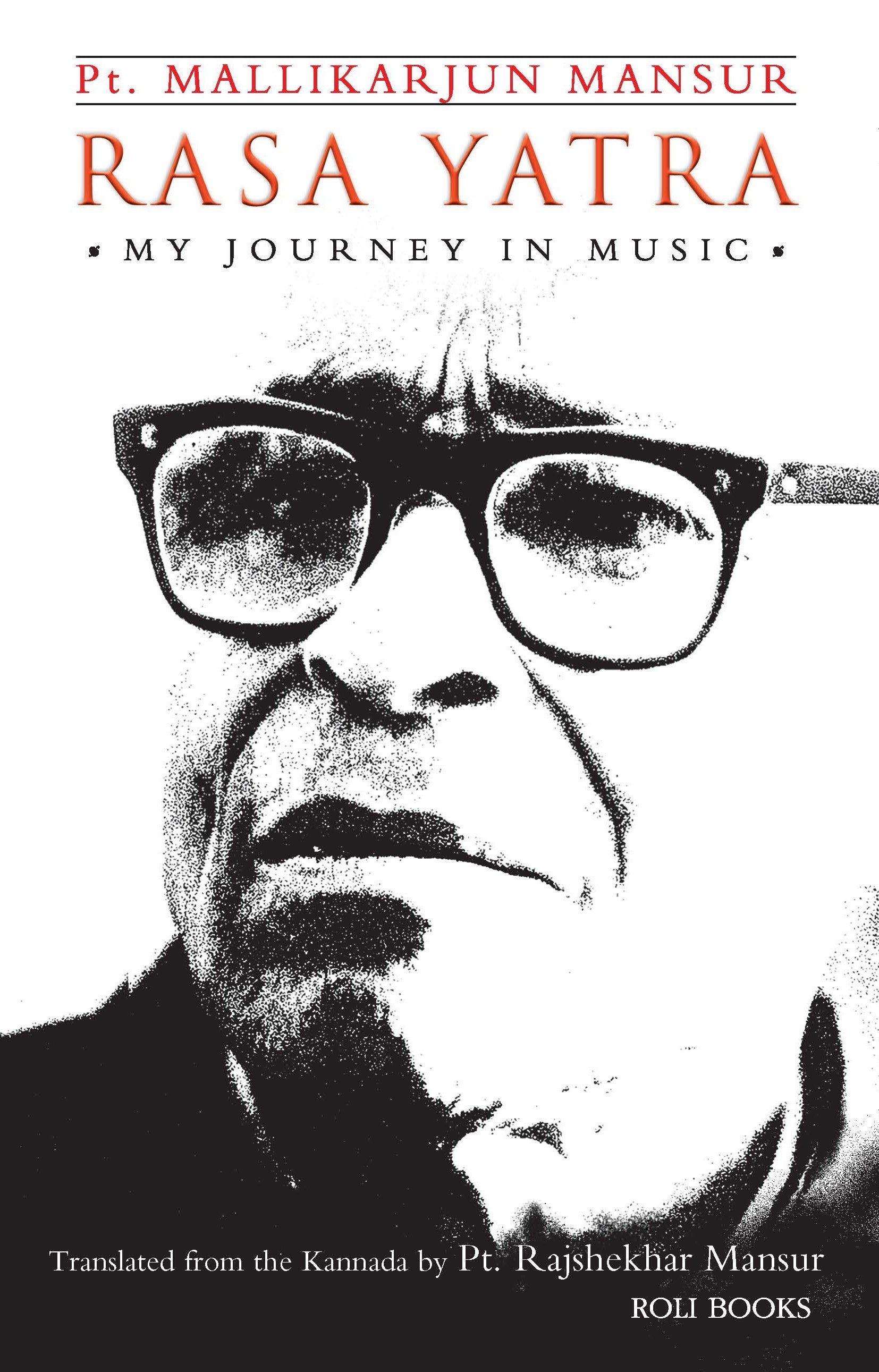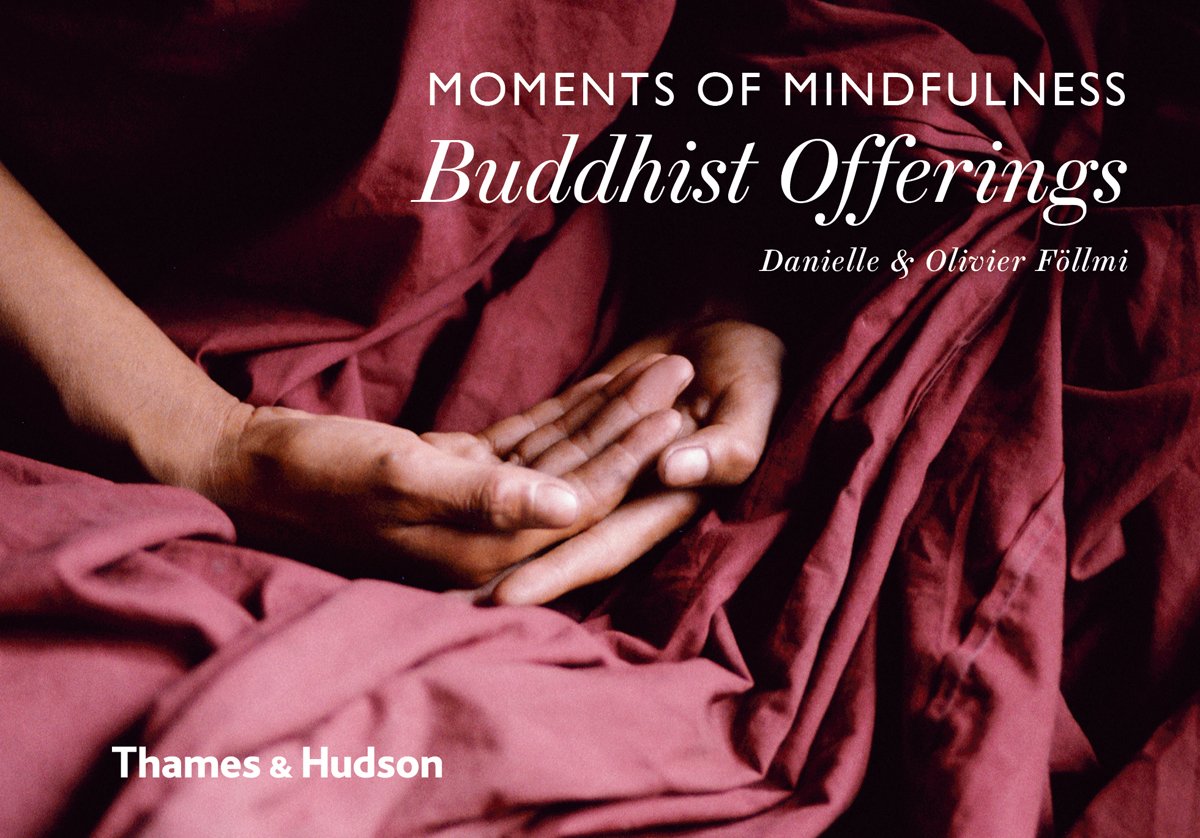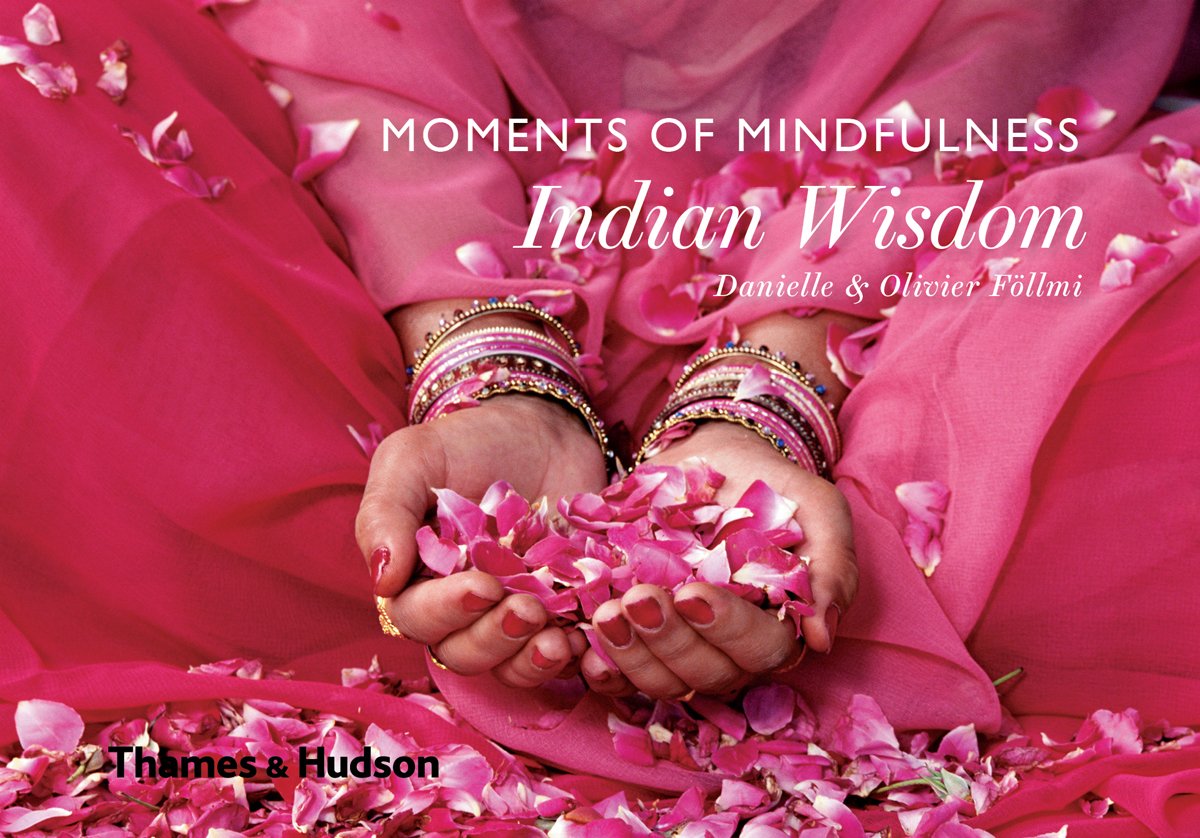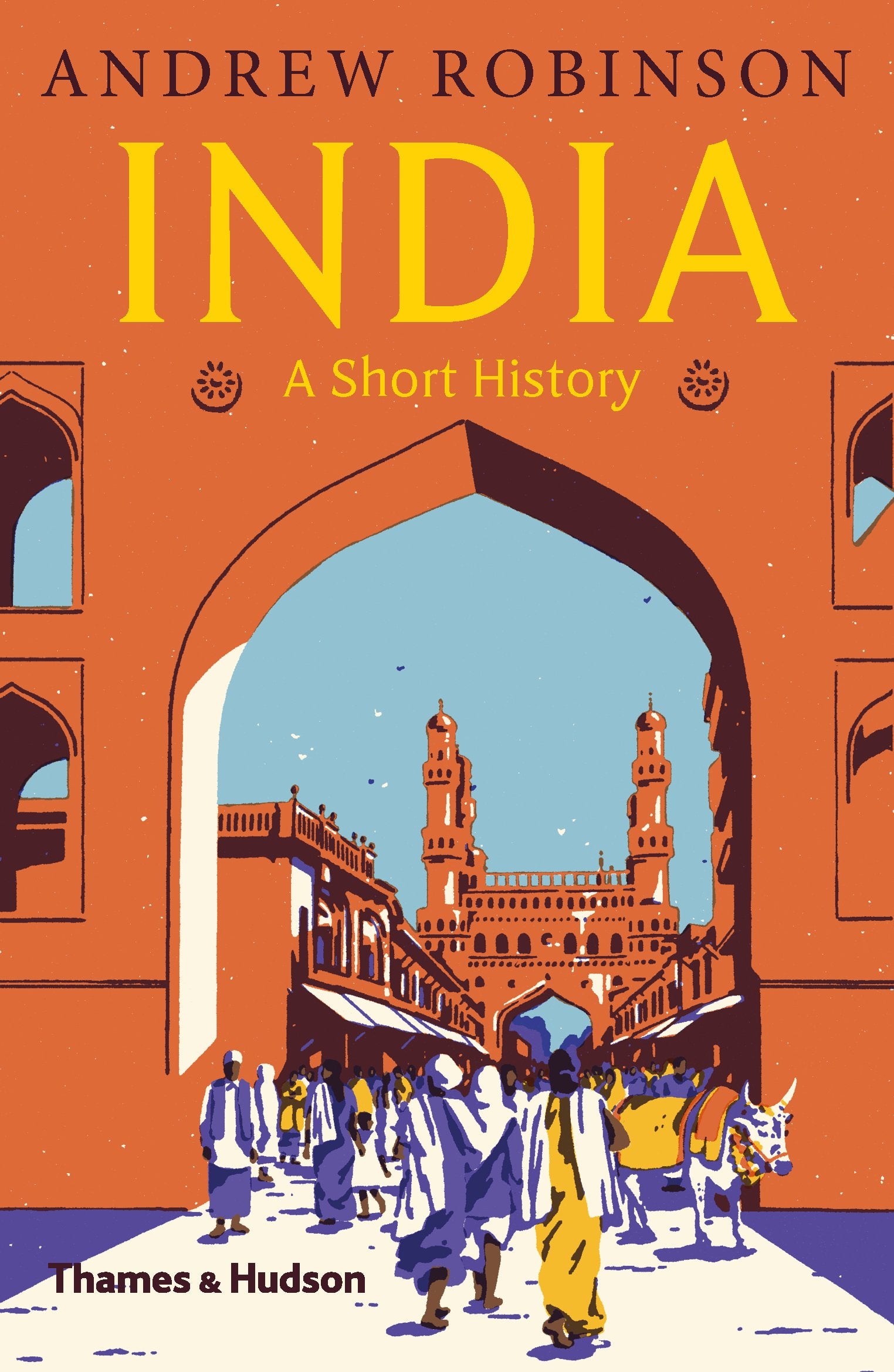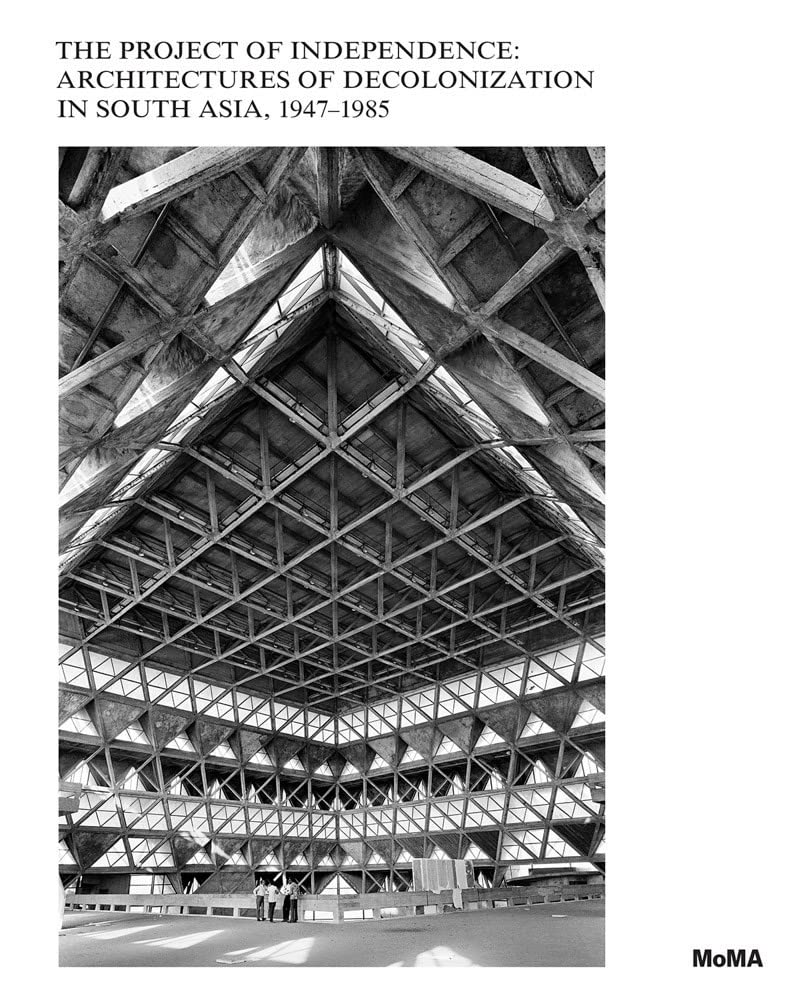Manifestations Of Buddhas
Shashibala
When Shakyamuni, the Historical Buddha, became silent and entered the unshackled state of existence or the final nirvana, devotees wanted to adore and remember the enlightened being, and this served as an inspiration for the creation of Buddha images. Followers could not accept that their teacher had completed his earthly sojourn and had departed forever. The devotees'yearning was for something always evocative of the Supreme Lord. And thus began a journey of representing Buddha from enshrined stupas to images of the lord in human likeness. Buddhism started becoming a tradition of the visual, wherein the message of the sutras was translated through images and murals. With the passage of time, devotion combined with the needs and aspirations of people and gave way to the creation of a variety of Buddhas manifested in various forms, attributes and characteristic features in different countries across the world.
Dr Shashibala, a specialist in art and culture of Asian countries, and a researcher at the International Academy of Indian Culture, has worked as an adjunct faculty at the National Museum Institute, New Delhi, for fifteen years. She has travelled widely to participate in international conferences and worked on the art treasures and manuscripts of Asian countries. She has to her credit many research projects, research papers and articles presented at various conferences and seminars in India and abroad. Her doctoral thesis, 'Hindu Deities in Japan', was published by International Academy of Indian Culture. There are two editions of her post-doctoral thesis, 'Comaparative Iconography of Vajradhatu - mandala and the Tattva-sangraha'. Author of Buddhist Art (published in English and Dutch), Divine Art and Buddhist Art and Thought, she is also highly acclaimed for her photo exhibitions and radio broadcasts.















